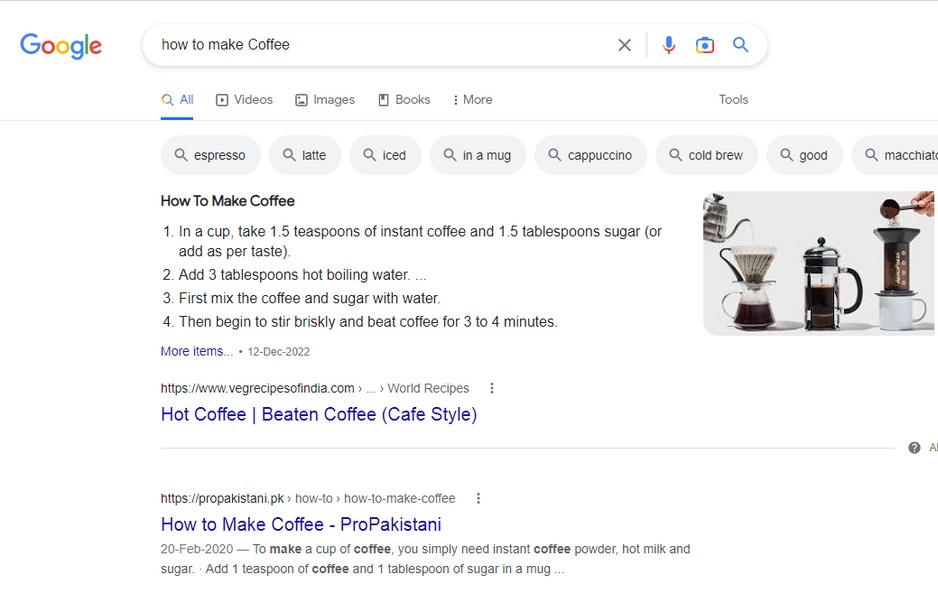Today, mobile traffic is increasing because more consumers are accessing content via mobile devices, and it is important now more than ever to optimize for that experience. This is true for both readers and search engine optimization (SEO); Google can detect pages that load slowly or have a high bounce rate and will rank those pages lower in search results. Google AMP is a technology created to help with mobile optimization, which is essential for your content strategy and SEO. Whether Google AMP is the best tool to do this for your business website, in particular, depends on your industry, business size, business model, content strategy, and other factors.
We will discuss the following in this article:

- What AMP exactly is?
- How does AMP play a role?
- Advantages of AMP
- Disadvantages of AMP
- Is AMP good for you?
What AMP exactly is?
To guarantee that mobile webpages load as quickly as possible, Google started the open-source Accelerated Mobile Pages initiative.
By enabling you to design online pages and advertisements that are consistently quick, attractive, and high-performing across devices and distribution channels, the AMP project seeks to “build the future web together.”
Thousands of developers, publishers, websites, distributors, and tech firms worked together to create AMP. More than 100 top analytics, ad tech, and CMS companies support the AMP format, and more than 1.5 billion AMP pages have been created to date.
When you use the AMP format to produce mobile pages, you get:
1. Increased performance and user engagement: Pages built with the open-source AMP project load almost immediately, providing users with a seamless, more engaging experience on both their mobile devices and desktop computers.
2. Flexibility and Results: Companies can choose which technology providers to work with while preserving and enhancing KPIs. They can also choose how to deliver their material. You probably already visited an AMP page; you just weren’t aware of it. You might have only noticed how quickly the website loaded after you clicked. A lightning bolt indicator can be seen in the search results for websites built using AMP.

How does AMP play a role?
In February 2016, Google launched the open-source Accelerated Mobile Pages (AMP) platform. The framework was developed to replace the difficult and slow mobile experiences that consumers regularly encounter with improved, tightly connected ones.
Google started the AMP project to develop a framework that would outline precisely how to produce mobile web page experiences that are optimized. The AMP open-source project has a strong attitude about placing the user first in web page design, is documented, is simple to deploy, and is a valid table.
What are the Benefits and Limitations of AMP?
Web pages load more quickly thanks to AMP, which improves user experience and encourages users to stay on the page longer. In fact, according to Google’s Gary Illayes, the median load time for AMP pages is 1 second, which is 4 times faster than the typical normal HTML page. AMP employs AMP HTML to assist mobile pages to load more quickly.
Page bounce rate and page speed have already been linked, and we’ve seen a full explanation of how AMP functions and how it contrasts with PWA, RWD, and Facebook’s Instant Articles.
This section of the guide will concentrate on the advantages and limitations of AMP, giving you a thorough understanding of what to expect when you construct AMP pages.
Advantages of AMP
Your KPIs and user experience naturally increase when your mobile website loads more quickly. You can provide your users with a consistently quick web experience across all devices and platforms including Google, LinkedIn, and Bing since AMP pages load instantly.
Your mobile pages can benefit from the following features of AMP.
- Attracts audiences
Because AMP pages often load in under a second, users can rapidly find what they’re looking for when they land on an AMP website. When the page loads quickly, visitors spend more time on it and are more receptive to learning about your offer, which increases the likelihood that they will take the desired action.
- Maximizes profits
Your conversions decrease by 12% for every extra second it takes for your website to load. This means that if you want to engage audiences and boost your ROI, you must make sure that your mobile website meets the users’ speed expectations.
Ads, landing pages, and websites can all provide customers with a quicker experience thanks to the AMP architecture.
- Maintain control and flexibility
When you use the AMP format, you may benefit from its faster web components while keeping your branding. You can use dynamic content to fetch data as necessary and CSS to modify the design of your website.
A/B testing is another tool you can use to experiment with and improve your clients’ mobile user experience.
- Reduce your operations’ complexity
Making AMP pages is a really easy and uncomplicated process. If you use a CMS like Drupal or WordPress, you have the option of converting your entire archive.
No special knowledge is required to optimize the code for each AMP page because the AMP format is portable and the AMP pages always load quickly, no matter how the user accesses them.
- More views for the ads
The HTML is coded with AMP in a way that improves the general usability of banners and pictures. Because of the increased ad viewability rate, publishers have more options to monetize their content.
- Make the future sustainable.
By assisting everyone in providing a better, faster mobile user experience, the AMP project safeguards the web’s future. By joining the AMP project, you can create a sustainable future for your company on a faster, more open online.
- Enhance the user experience
Naturally, implementing faster mobile landing pages will result in significantly improved user happiness, which is the most visible benefit. Since just 10% of users can be bothered to wait for a website to load, reducing load time by 15% to 85% can significantly increase user satisfaction.
- Get a boost in SEO
Page speed and mobile responsiveness are factors considered by Google’s algorithm. Your page will be rated better in search engine results if it loads quickly on mobile.
A green lightning bolt will appear beneath the title of any AMP-enabled page, even above paid advertisements in search results.
Disadvantages of AMP.
- No JavaScript from a third party
You must say goodbye to the analytics and monitoring tools that let you deliver highly targeted advertising experiences since you are unable to employ third-party JavaScript.
Also, since AMP pages use Google’s lighter version of JavaScript, page elements that need data transfer cannot be used.
- No tracking via Google Analytics
One of the reasons AMP sites load so quickly is that Google serves visitors a cached version of the pages rather than requesting data from your servers. Although the cache speeds up page load times, Google Analytics does not track user visits unless specific adjustments are made and unique tracking codes are added to your AMP pages.
Here’s how to use Google Tag Manager to track AMP sites in Google Analytics.
Although AMP pages have their share of benefits and drawbacks, if you want to give your users a quick and optimized mobile experience, the pros far outweigh the drawbacks.
Is AMP right for you?
As you now know, AMP is an excellent approach to speed up web pages, which will ultimately result in a better user experience when delivering content, especially for mobile users. If it is determined to be beneficial for your company based on your business model and the given criteria, be sure to take the above factors into account and stick to the implementation procedures. Long-term advantages come from having better-performing material, however, it could take some time.













